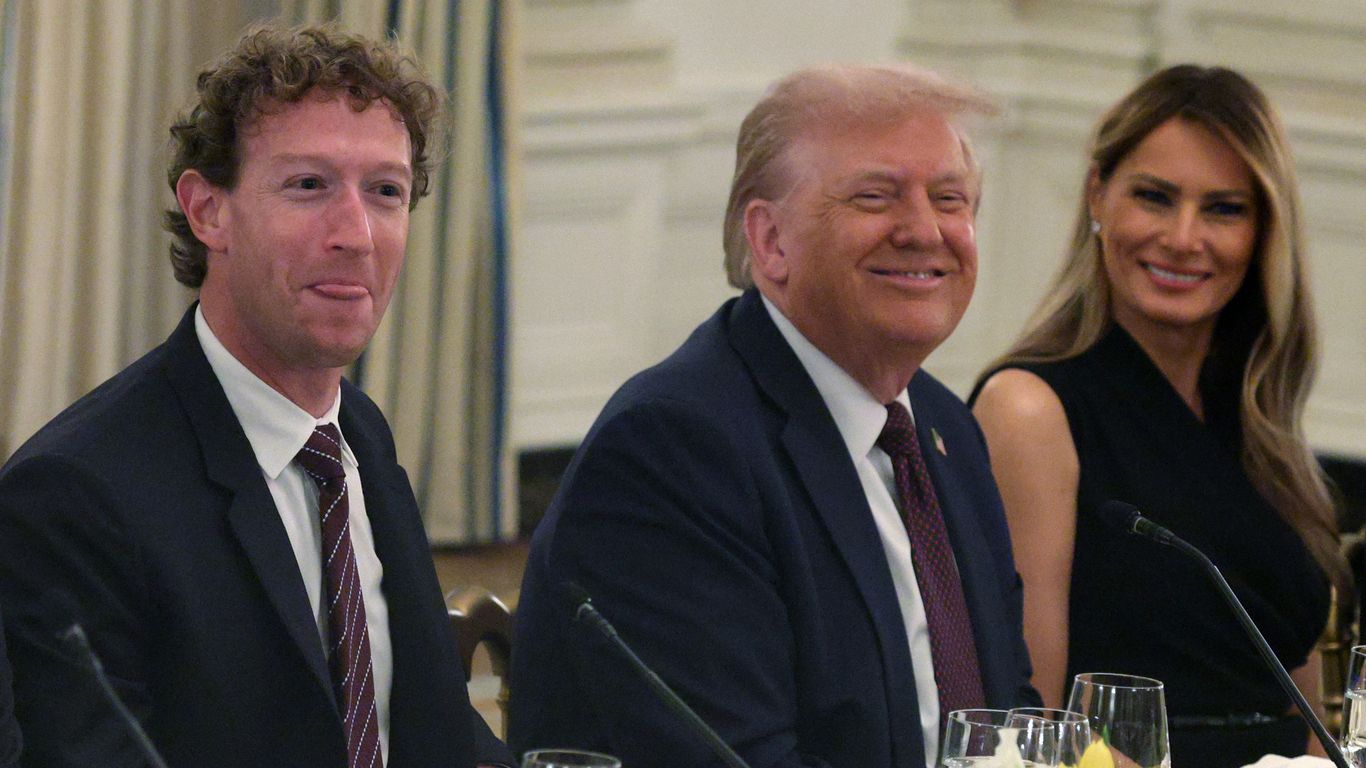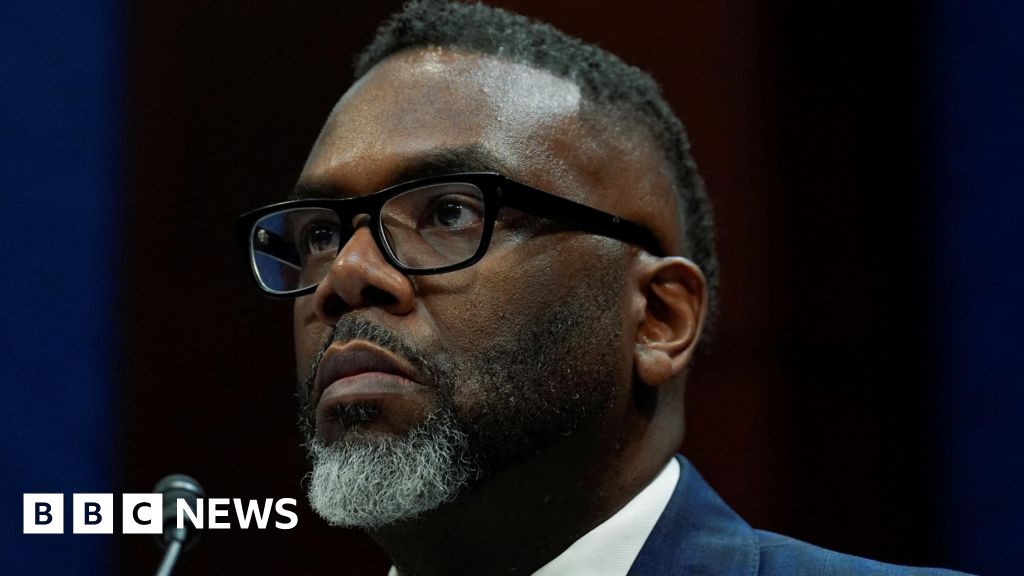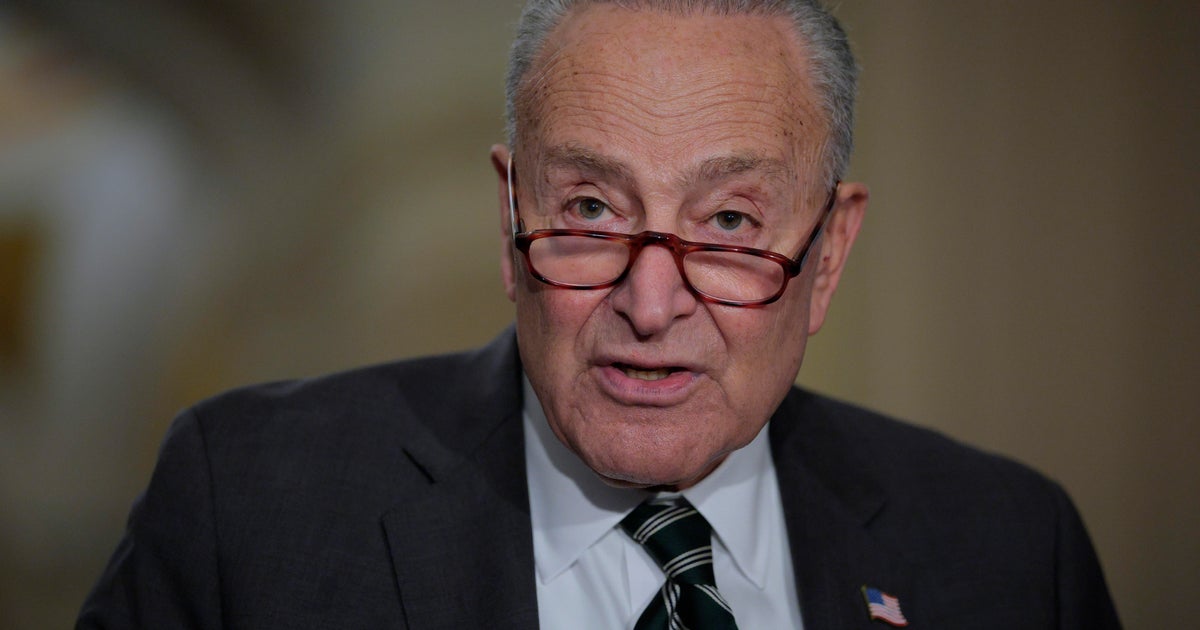Northwestern University President Resigns Amidst Funding Cuts

Introduction
In a shock announcement, Northwestern University's president, Michael Schill, has resigned amidst ongoing funding cuts and negotiations with the White House. The school has been hit hard by the government's decision to freeze nearly $800 million in funding, leaving students and faculty alike reeling from the sudden loss of resources.
Key Details
Schill referenced "difficult problems" at the federal level as the reason for his departure, leaving many to speculate on the true reasons behind his resignation. The university has faced numerous challenges in recent years, from declining enrollment numbers to the ongoing debate over free speech on campus. The frozen funding from the government has only added to these difficulties, putting pressure on the administration to find alternative sources of funding.
Impact
While Schill's resignation may come as a surprise, it is also a clear indication of the challenges facing universities in today's political climate. The frozen funding has not only affected Northwestern, but also countless other institutions across the country. As the search for a new president begins, the future of the university and its students hangs in the balance. It remains to be seen how the school will navigate these difficult times and what impact it will have on the education and research opportunities for its students.
About the Organizations Mentioned
Northwestern University
Northwestern University is a prestigious private research institution located in Evanston, Illinois, with a rich history dating back to 1850. Founded by nine prominent businessmen, the university was initially established to serve the growing educational needs of the Midwest. Over the years, Northwestern has evolved into a global leader in academic excellence, innovation, and research, offering a wide range of undergraduate, graduate, and professional programs across its 12 schools and colleges. ### History and Key Achievements Northwestern University has a long history of academic achievements and innovative research. It is known for its strong programs in fields like business, law, medicine, and engineering. The university has been at the forefront of technological advancements, with significant contributions to fields such as materials science, nanotechnology, and artificial intelligence. Northwestern's interdisciplinary approach to education and research has fostered a culture of collaboration and innovation, leading to numerous breakthroughs and discoveries. ### Current Status Today, Northwestern University is ranked among the top universities globally, attracting students and faculty from around the world. Its business school, Kellogg School of Management, is particularly renowned for its MBA programs and research in management and entrepreneurship. The university's strong network of alumni and partnerships with leading companies provide students with excellent career opportunities. ### Notable Aspects - **Research and Innovation**: Northwestern is a hub for cutting-edge research, with a strong focus on interdisciplinary collaboration and innovation. Its research centers and institutes are dedicated to solving complex global challenges. - **Academic Diversity**: The university offers a diverse range of academic programs, ensuring that students can explore their interests across various disciplines. - **Global Impact**: Northwestern's global reach extends through its international partnerships and study abroad programs, preparing students for a globalized world. Overall, Northwestern University is a dynamic institution that combines academic excellence with innovative research and global impact, making it an attractive destination for students and professionals alike in the fields of business and technology.
White House
The **White House Office** is a central organizational component within the Executive Office of the President of the United States (EOP), tasked with supporting the President in managing day-to-day operations, policy formulation, and political affairs. It is headed by the White House Chief of Staff and staffed by senior aides who report directly to the President, including those with titles such as Assistant to the President and Deputy Assistant to the President. These staff members are mostly political appointees without the need for Senate confirmation, allowing the President considerable discretion in shaping the office to suit each administration's priorities[1]. Historically, the White House Office was established in 1939 through Reorganization Plan 1 and Executive Order 8248 to provide immediate assistance to the President. It functions as the nerve center for presidential staff, physically located primarily in the West Wing, and plays a pivotal role in managing the President’s policy agenda, communications, and political strategy. Its flexible organization allows each President to tailor the staff composition and roles according to their governance style and objectives[1]. In the current context of 2025, the White House Office operates under the administration of President Donald J. Trump, who returned to office after the 2024 election. His administration emphasizes rejecting prior policies deemed extremist and focuses on enhancing quality of life, economic growth, and American energy dominance. The administration includes Vice President JD Vance and First Lady Melania Trump, among others, with a Cabinet advising on various governmental functions[4][6]. Recent initiatives linked to the White House’s operational sphere include the establishment of a new **Department of Government Efficiency (DOGE)** aimed at modernizing federal technology and software to boost government productivity. The DOGE agenda is implemented through the renamed United States DOGE Service within the Executive Office, reflecting a concerted push to leverage technology for administrative modernization[5]. Notably, the White House Office also coordinates national security and homeland security functions through the National Security Council staff, underscoring its central role













